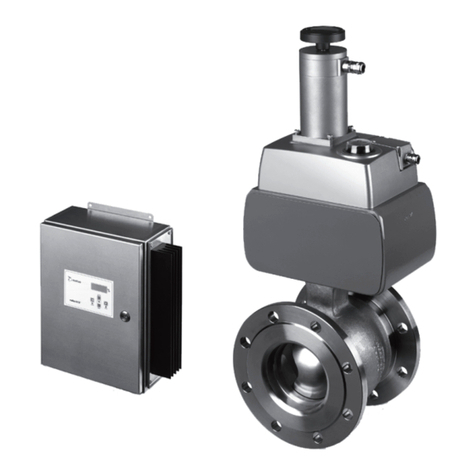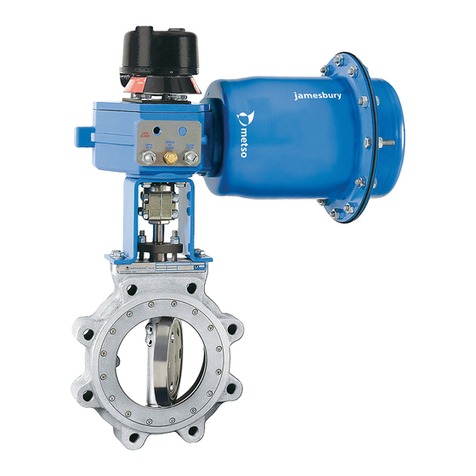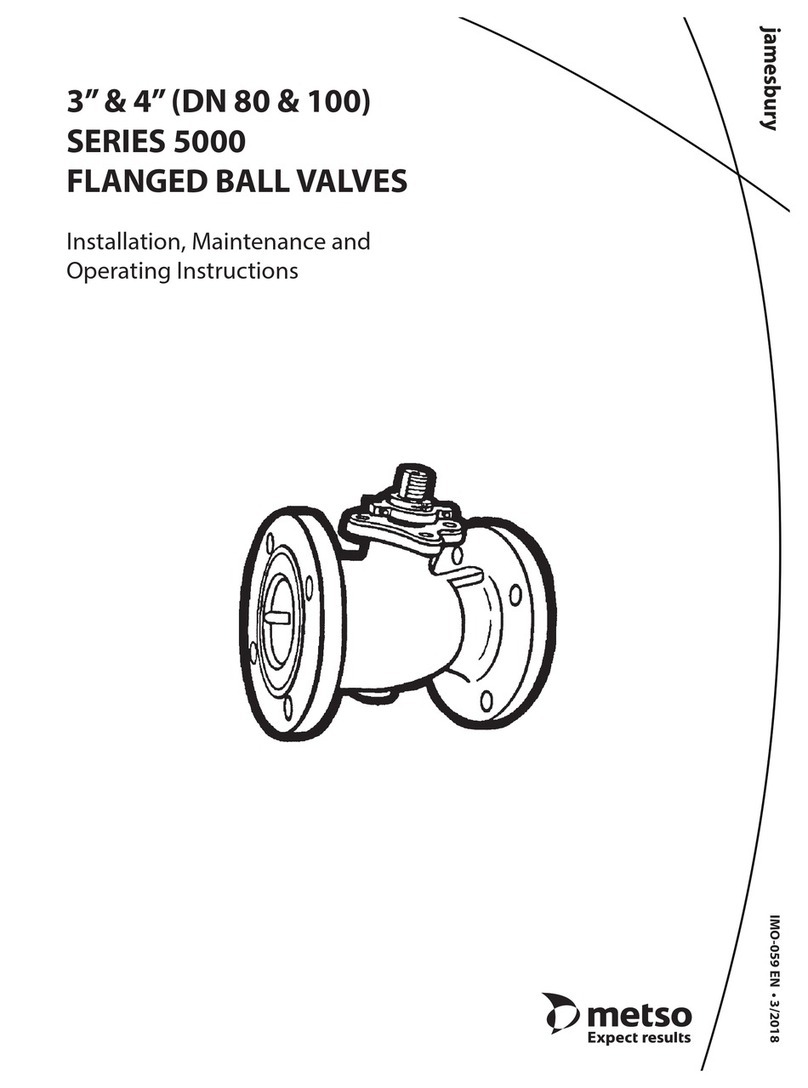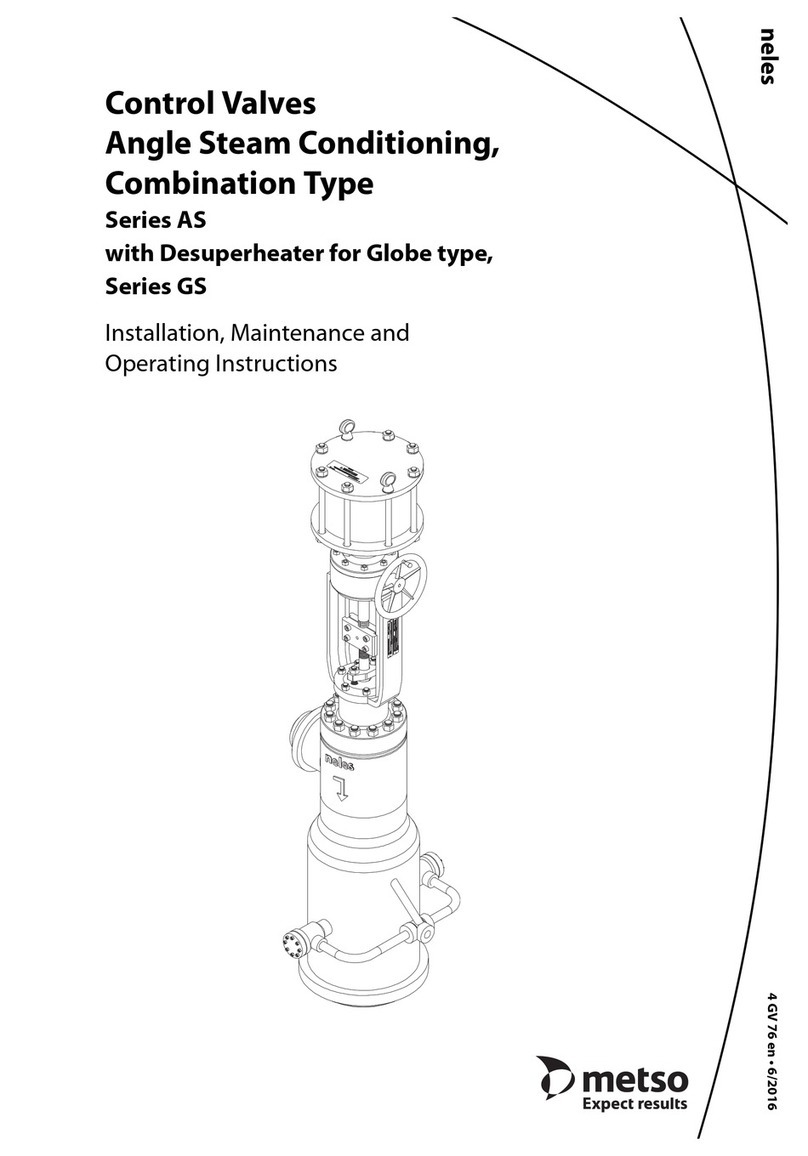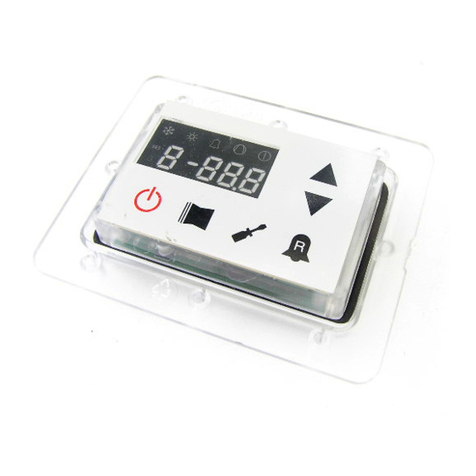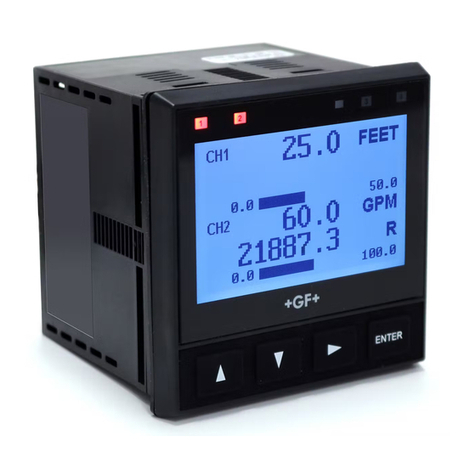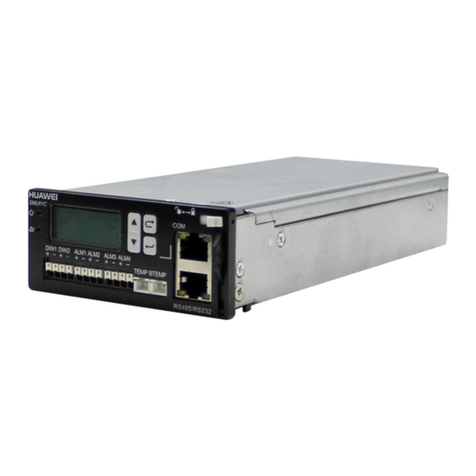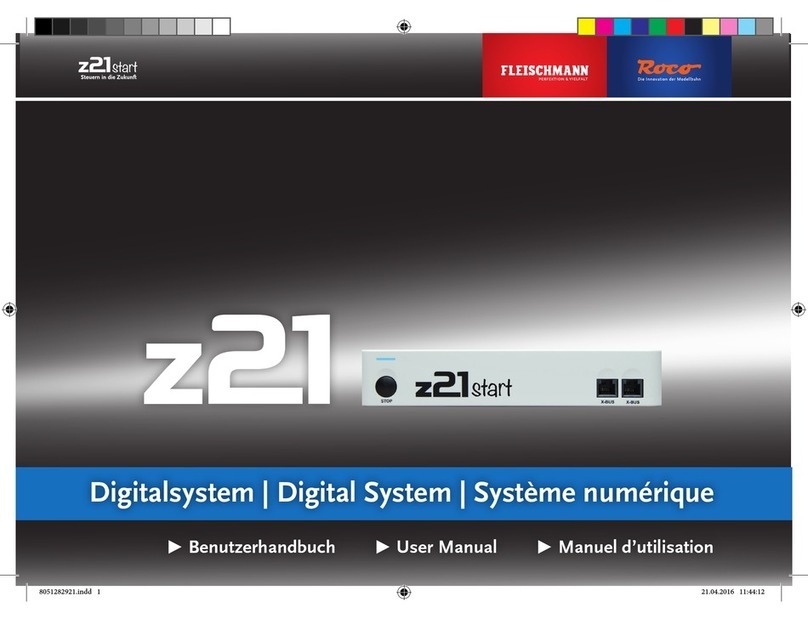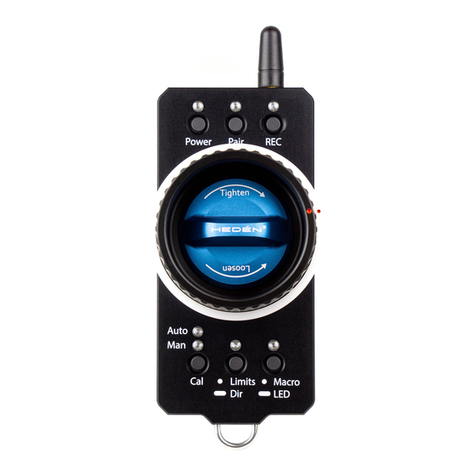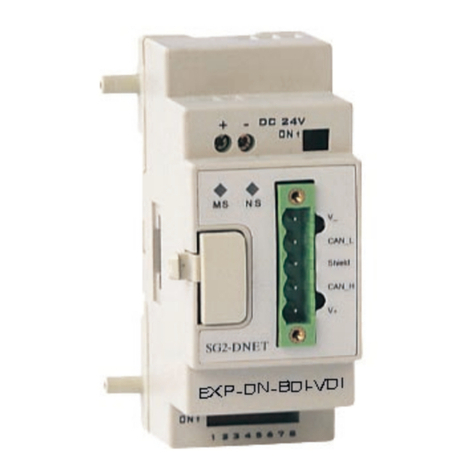Metso Neles RotaryGlobe ZX Series Operating and maintenance manual
















Other manuals for Neles RotaryGlobe ZX Series
1
This manual suits for next models
6
Table of contents
Other Metso Control Unit manuals
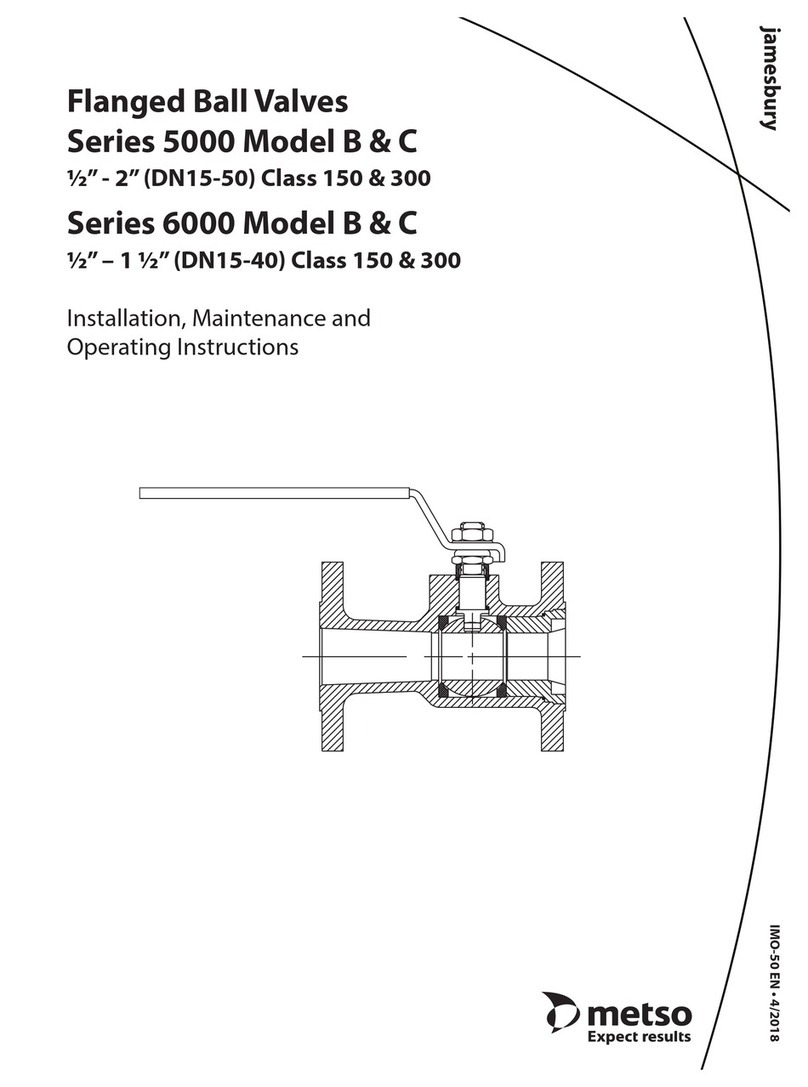
Metso
Metso Jamesbury 5000 series User manual
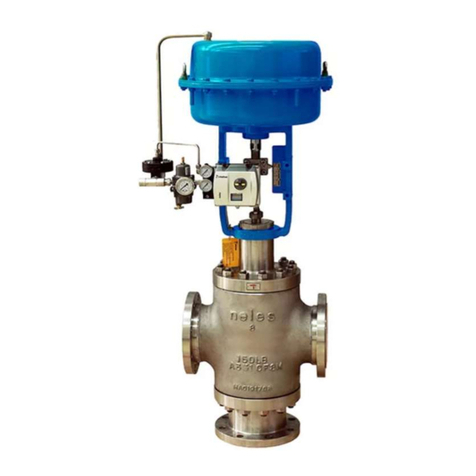
Metso
Metso GW Series Operating and maintenance manual
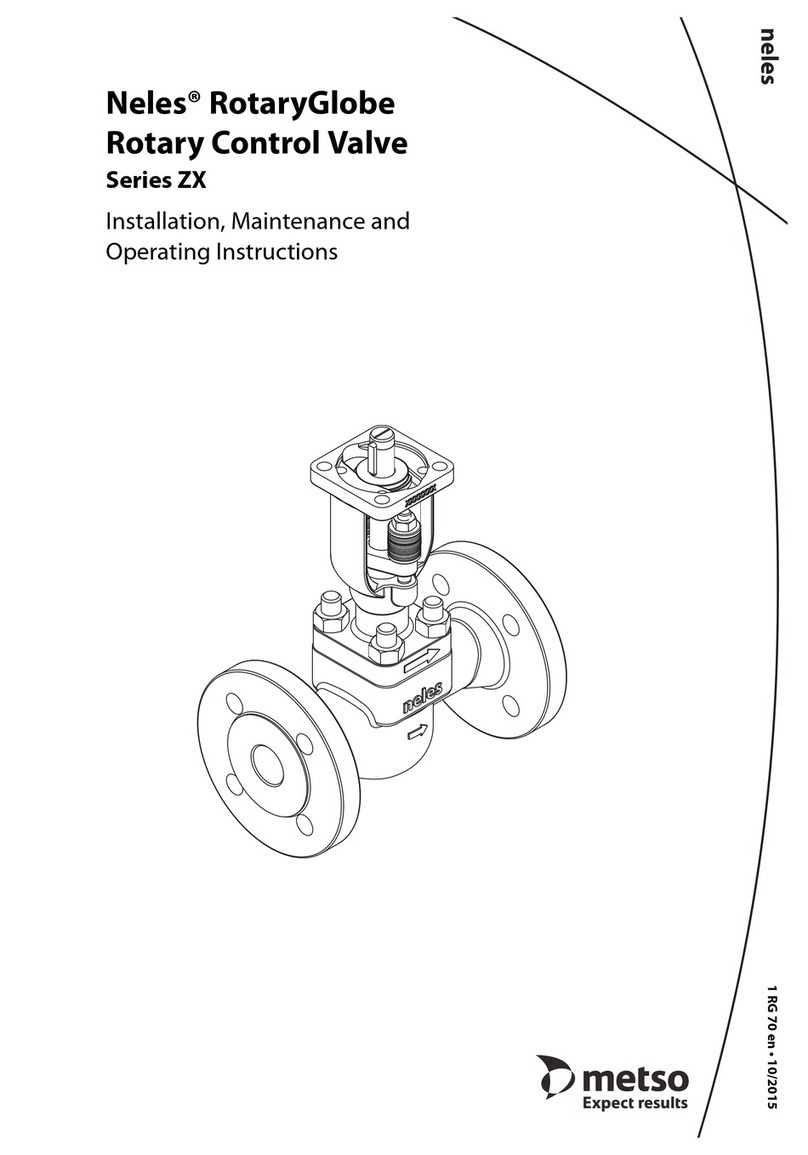
Metso
Metso Neles RotaryGlobe ZX Series Operating and maintenance manual
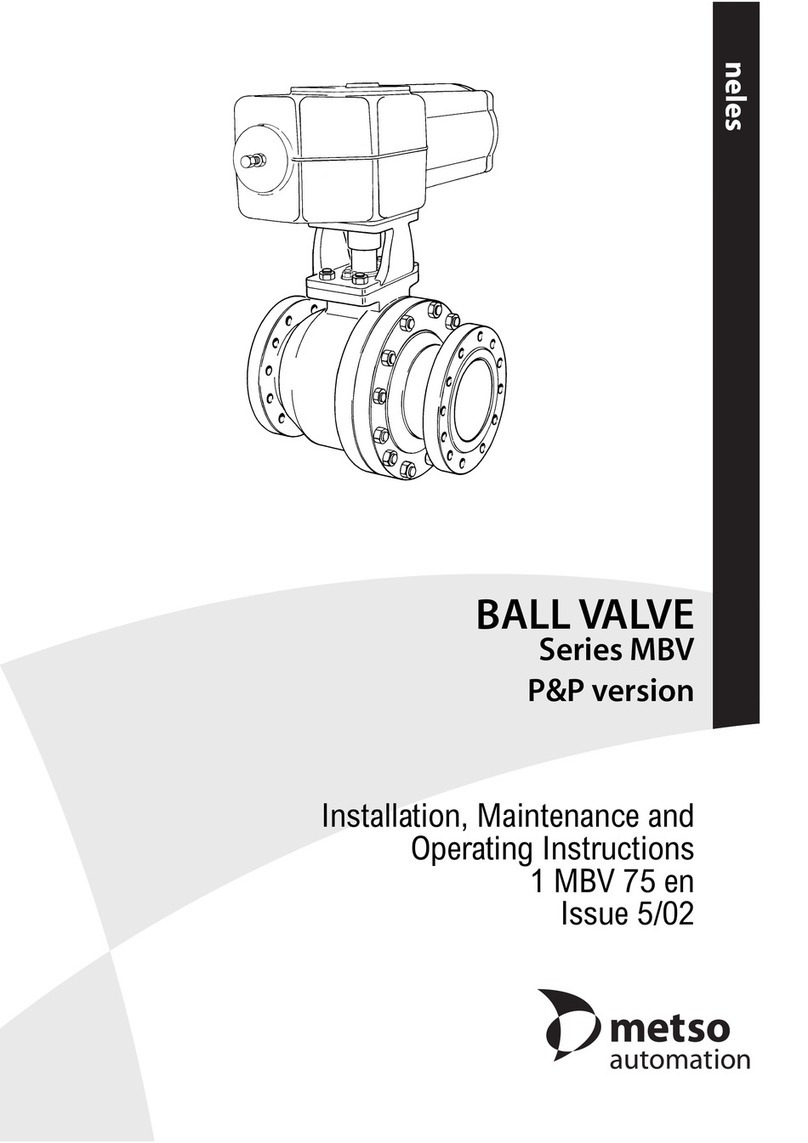
Metso
Metso MBV Series Operating and maintenance manual
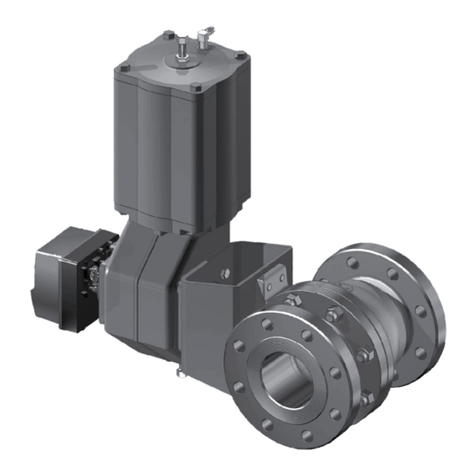
Metso
Metso XT/XA Series Operating and maintenance manual
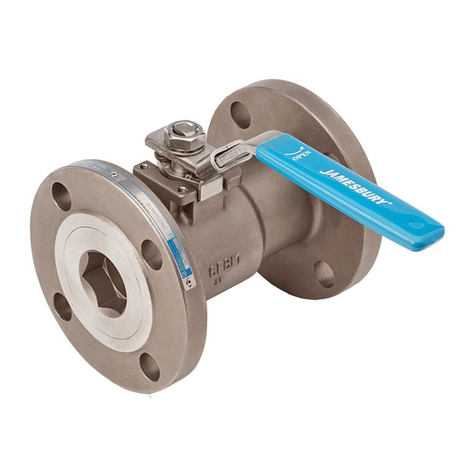
Metso
Metso Jamesbury 7000 Series Operating and maintenance manual
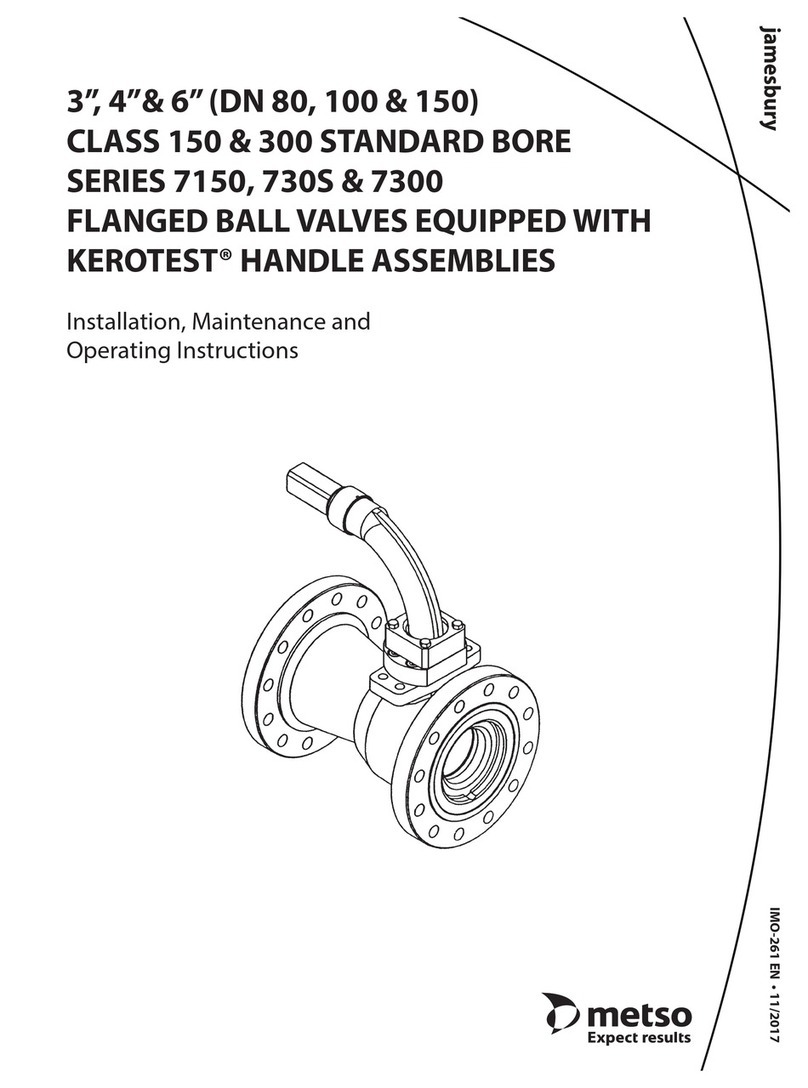
Metso
Metso 7150 Operating and maintenance manual
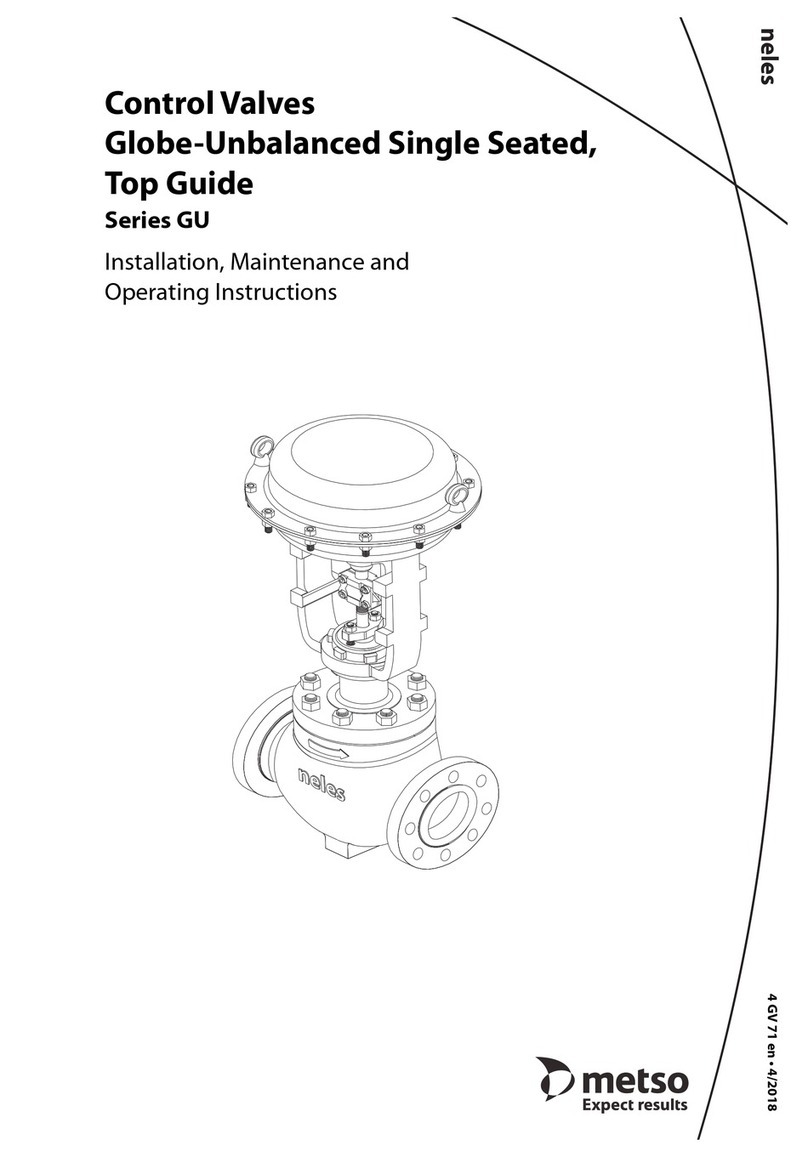
Metso
Metso GU series User manual
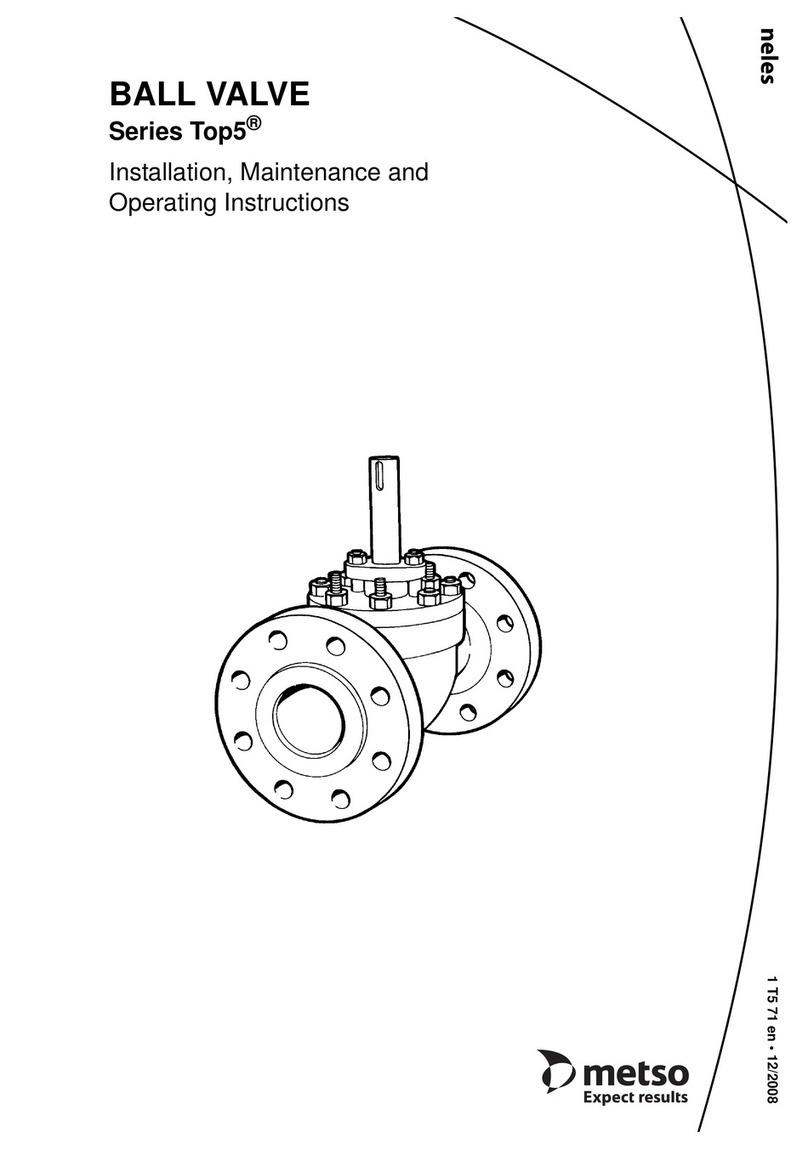
Metso
Metso Top 5 Series Operating and maintenance manual
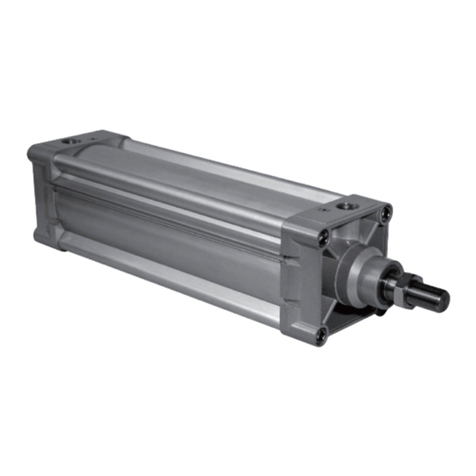
Metso
Metso JAMESBURY EASYFLOW SC Series Operating and maintenance manual
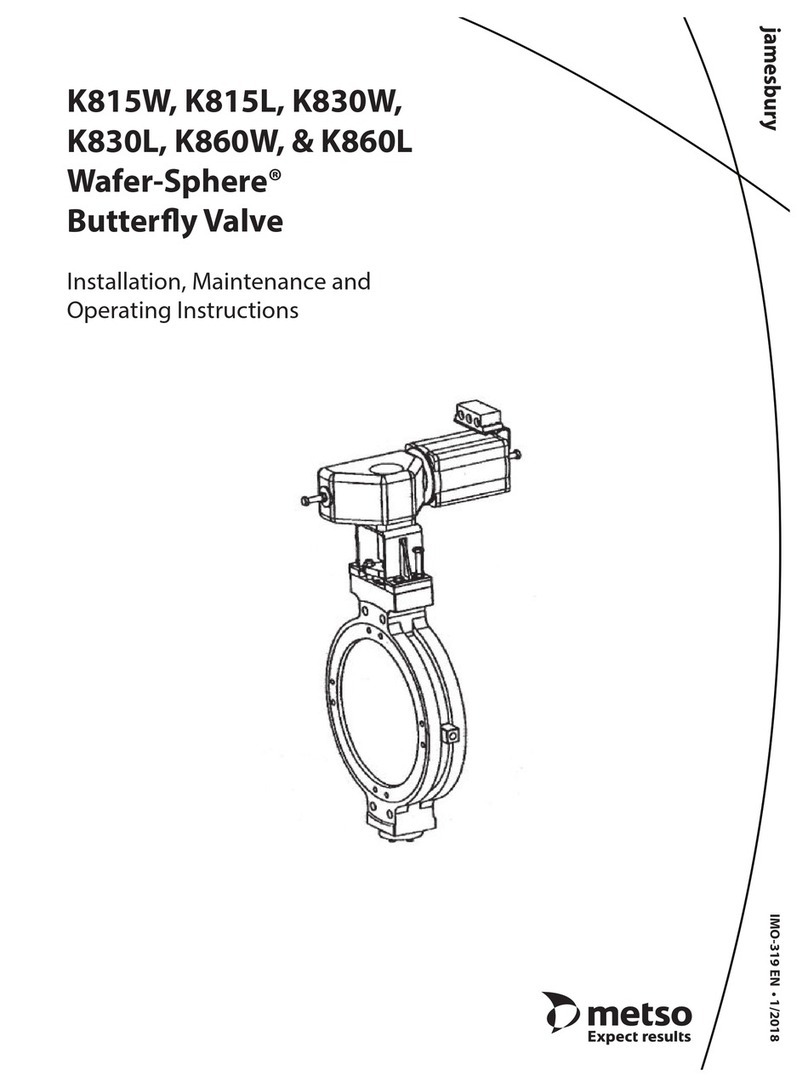
Metso
Metso Jamesbury Wafer-Sphere K815W Operating and maintenance manual
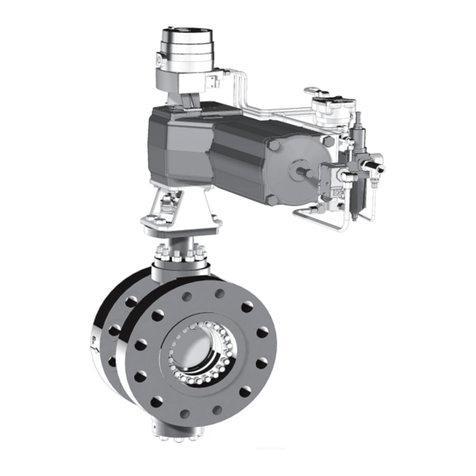
Metso
Metso Neles BW Series Operating and maintenance manual
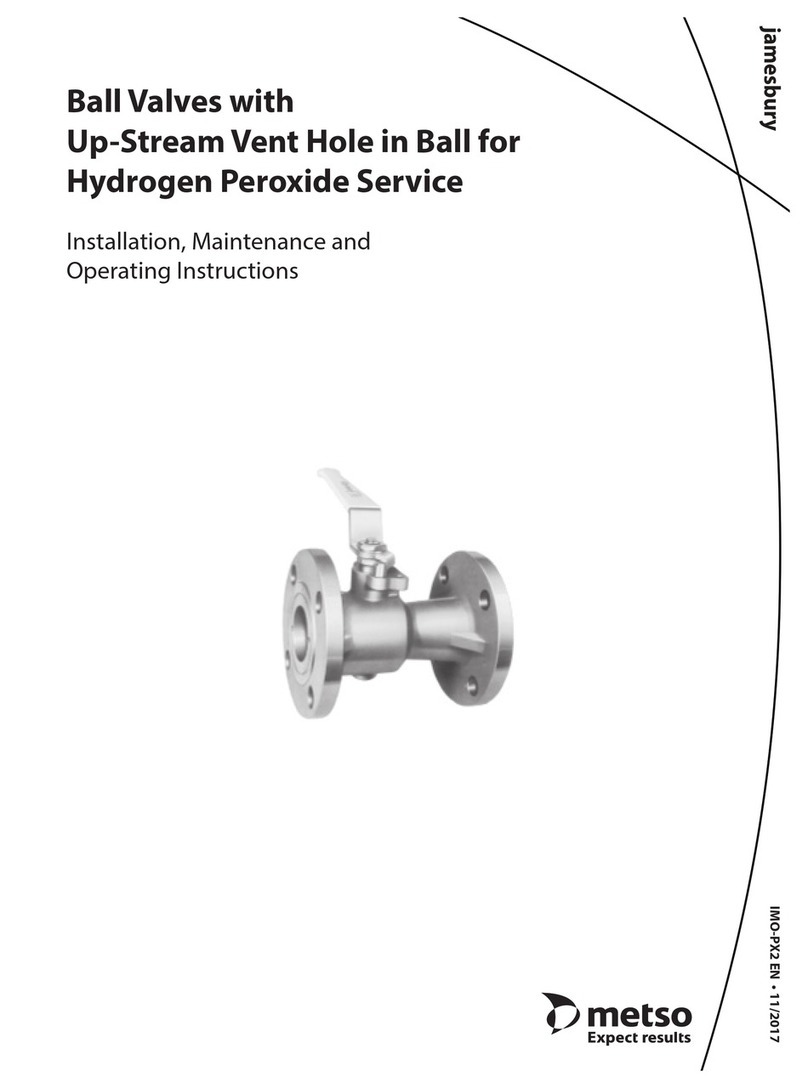
Metso
Metso Ball Valves Operating and maintenance manual
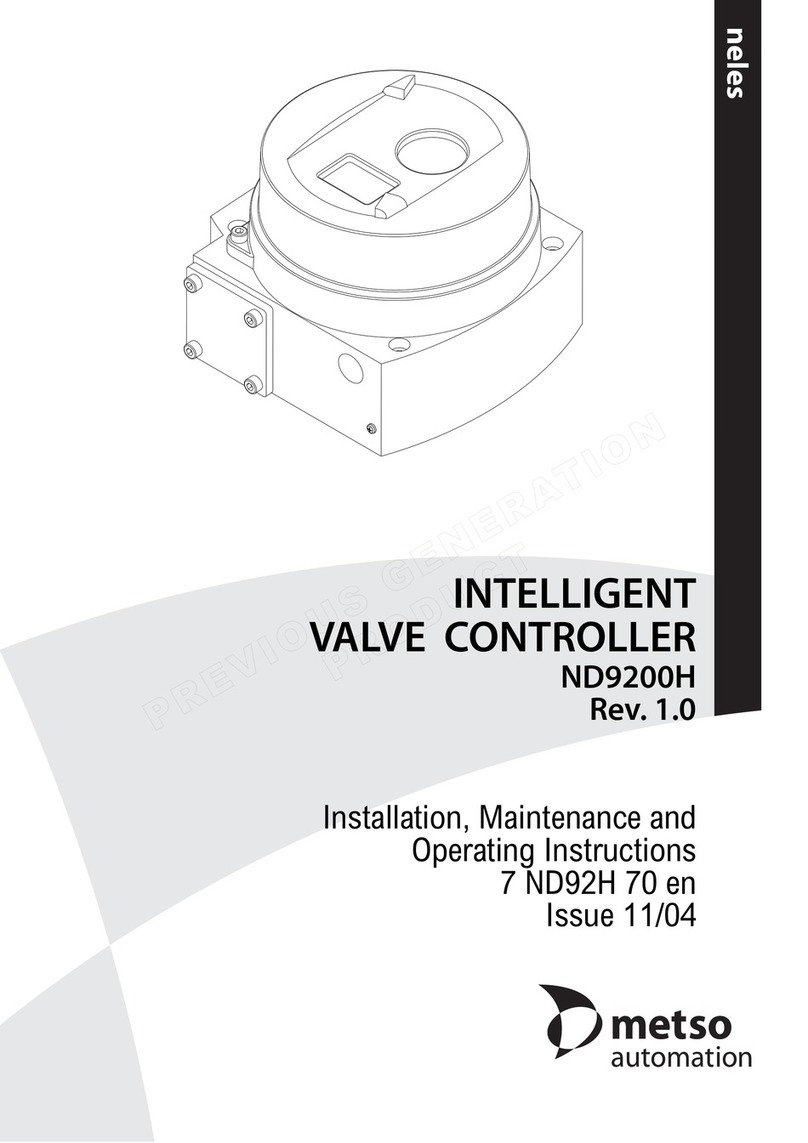
Metso
Metso ND9200H Operating and maintenance manual
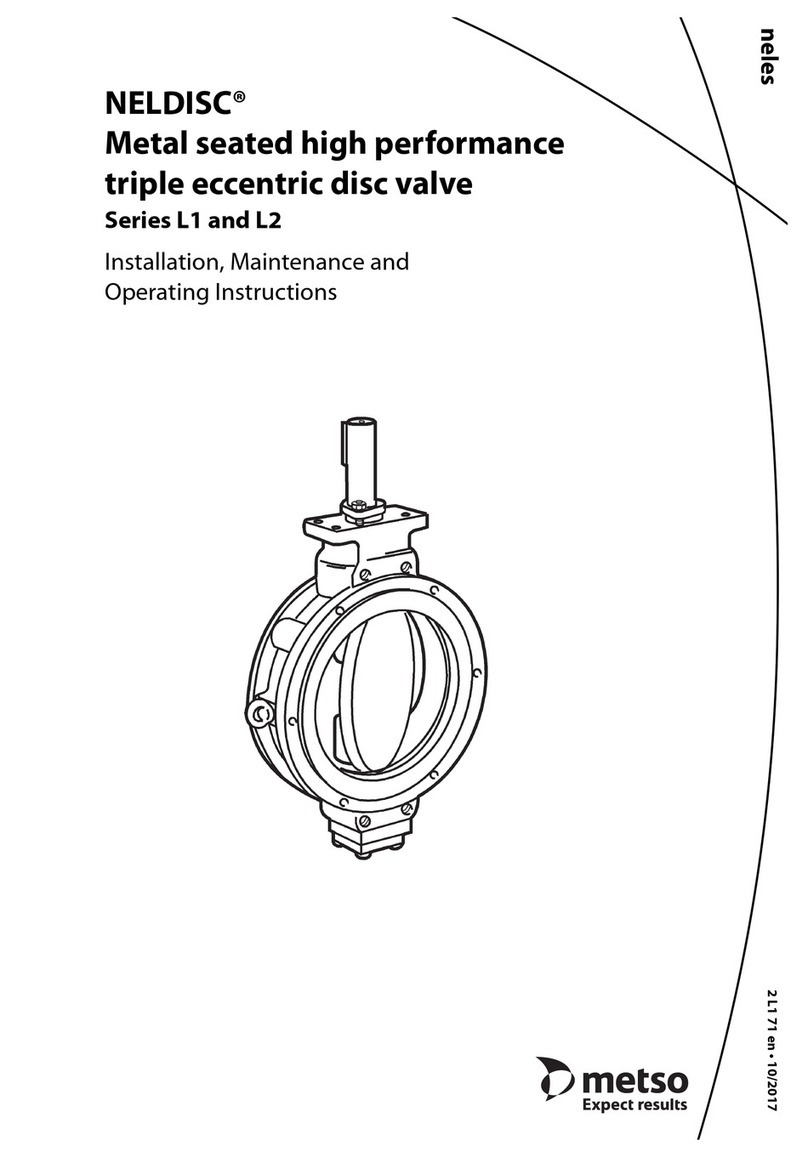
Metso
Metso Neldisc L1 Series User manual
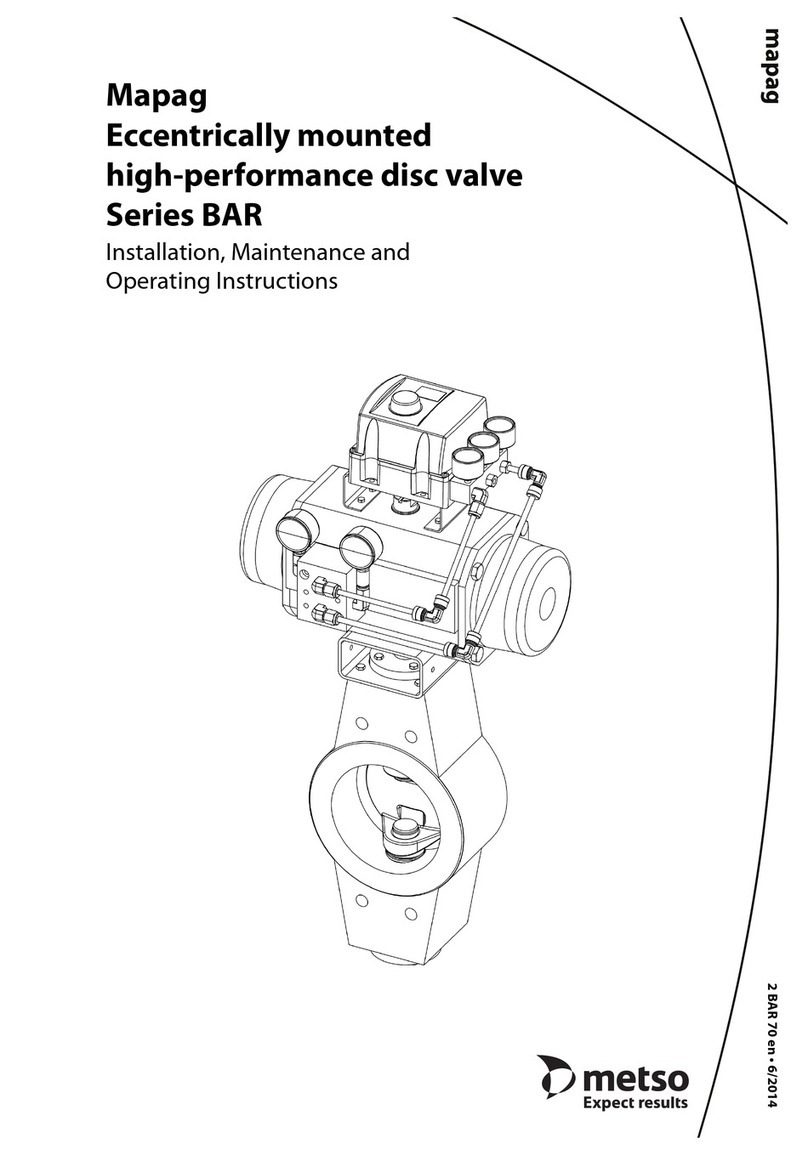
Metso
Metso Mapag BAR Series Operating and maintenance manual
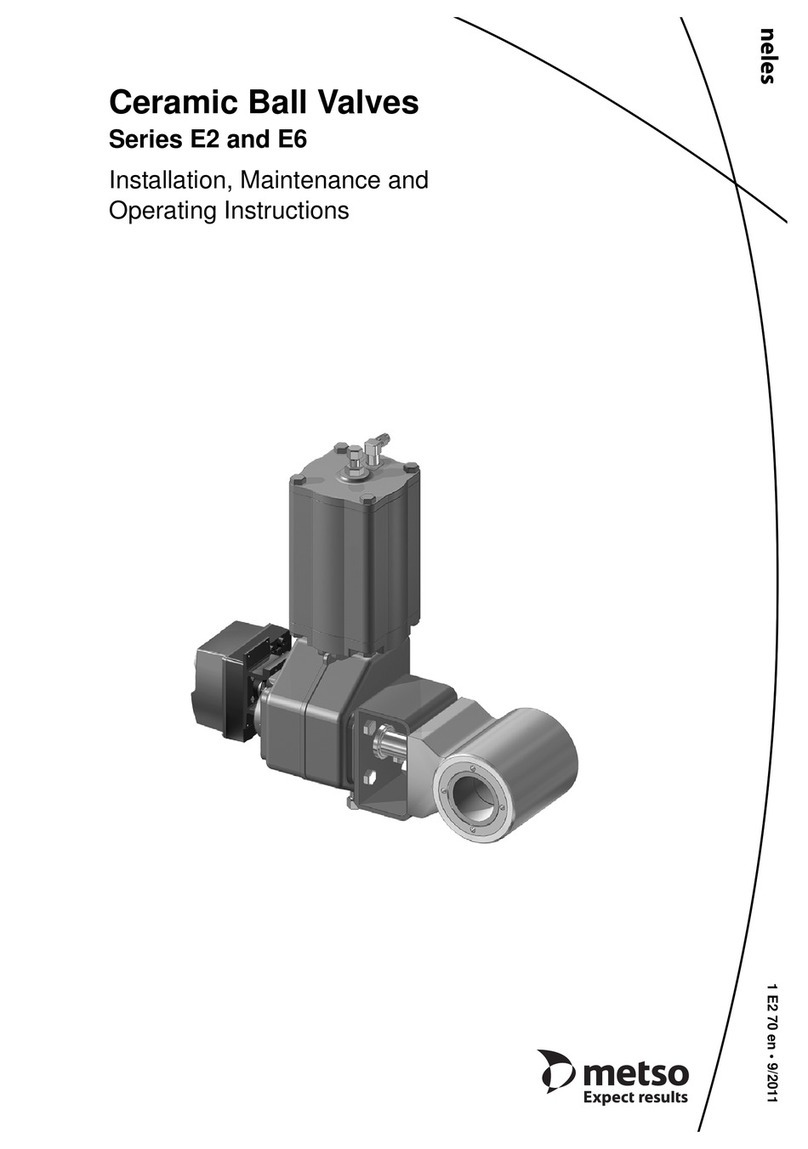
Metso
Metso E2 Series Operating and maintenance manual

Metso
Metso L12 Series Operating and maintenance manual
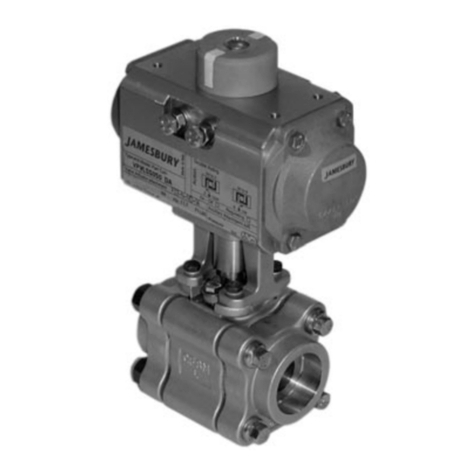
Metso
Metso Jamesbury 4000 B Operating and maintenance manual
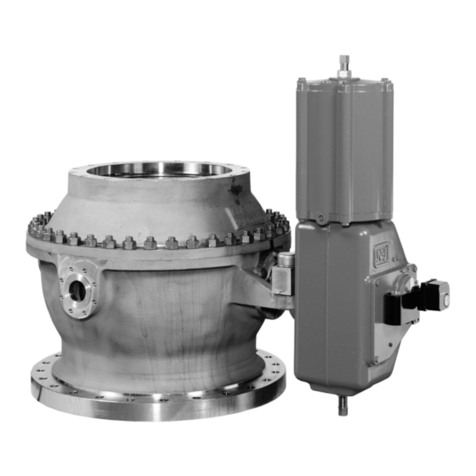
Metso
Metso Neles PZ Series Operating and maintenance manual
Popular Control Unit manuals by other brands

Pacific Recorders & Engineering Corporation
Pacific Recorders & Engineering Corporation LSM-10 Technical manual
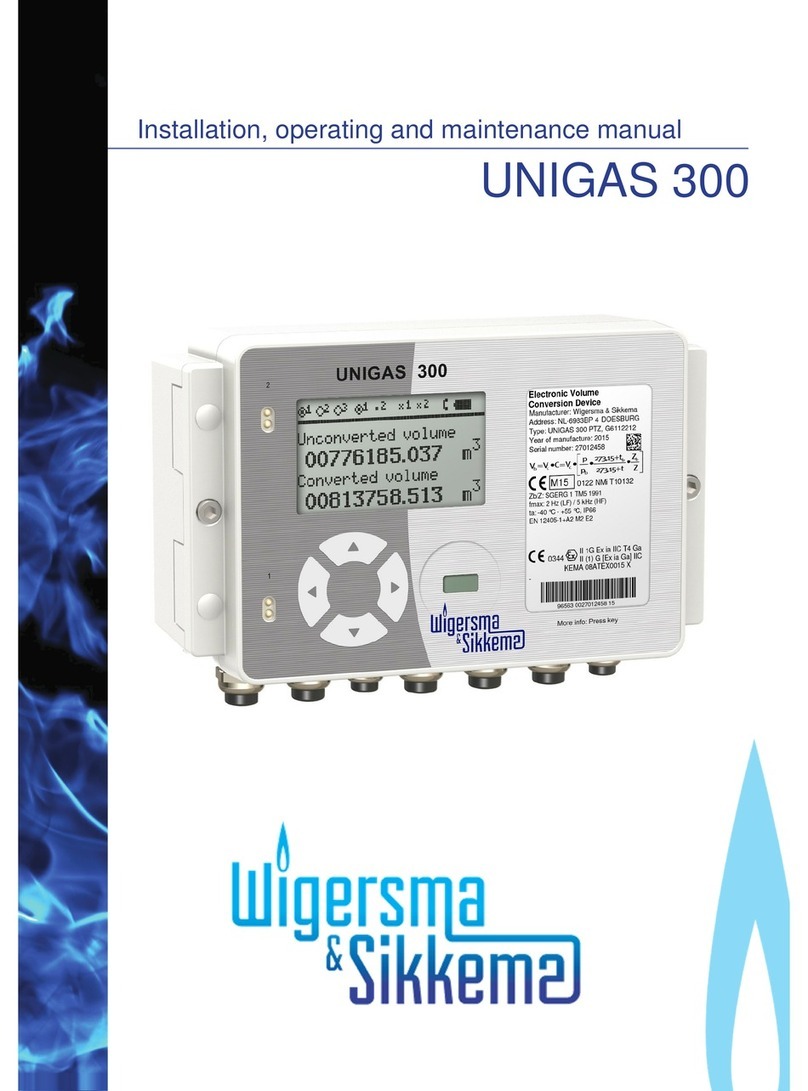
Wigersma & Sikkema
Wigersma & Sikkema UNIGAS 300 Installation, operating and maintenance manual
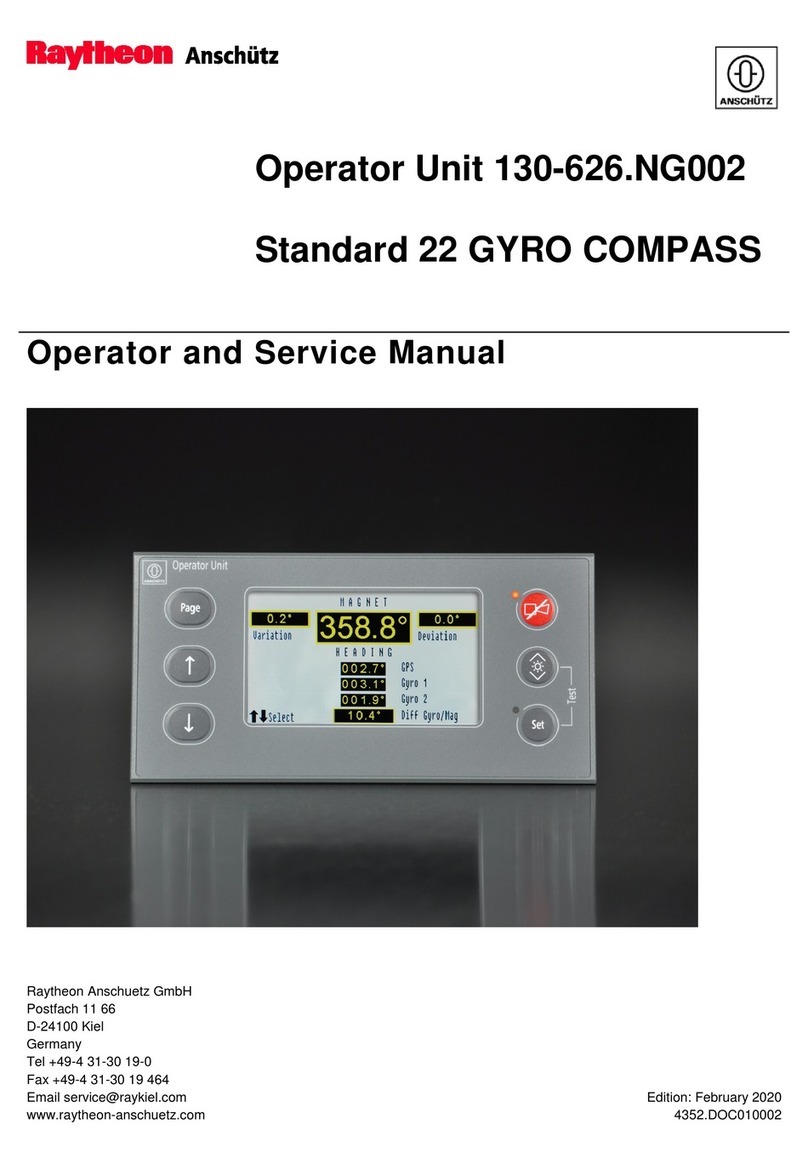
Raytheon Anschütz
Raytheon Anschütz Standard 22 GYRO COMPASS Operator's and service manual
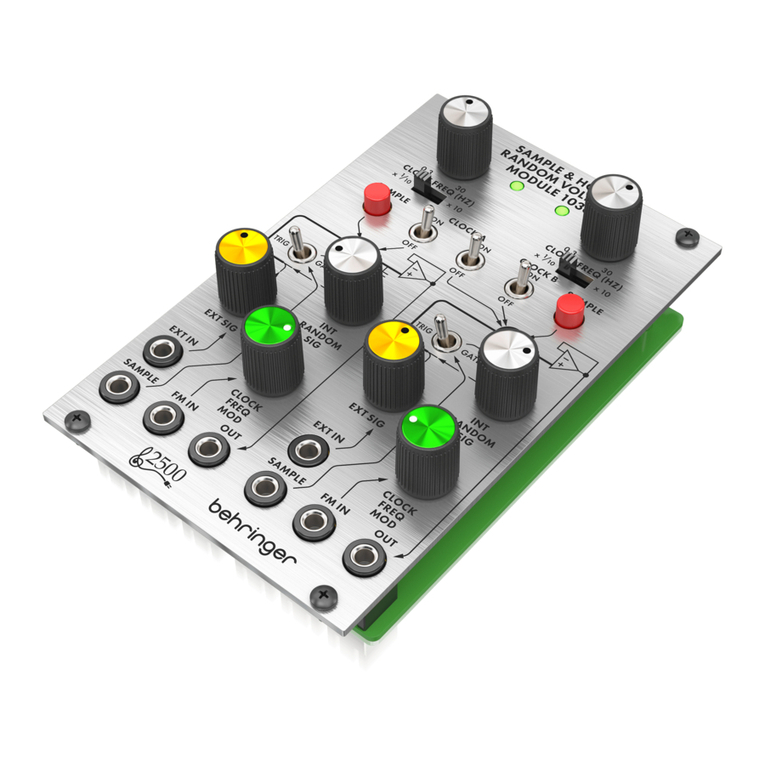
Behringer
Behringer 2500 Series quick start guide

Stahl
Stahl 9469/35 Series operating instructions
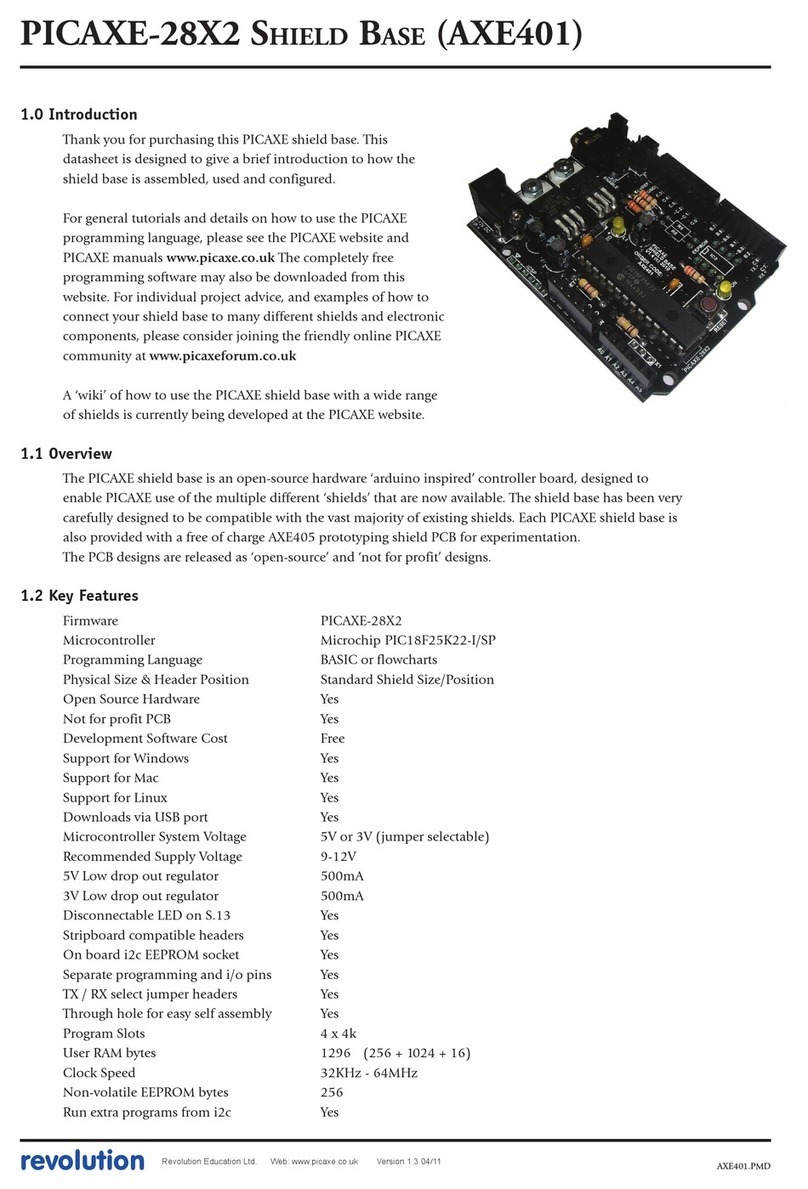
Picaxe
Picaxe AXE401 manual
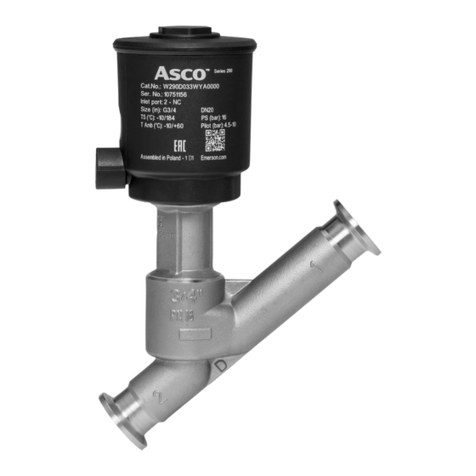
Asco
Asco 290 Series Installation and maintenance instructions

NiceRF
NiceRF RF24L01F20 manual
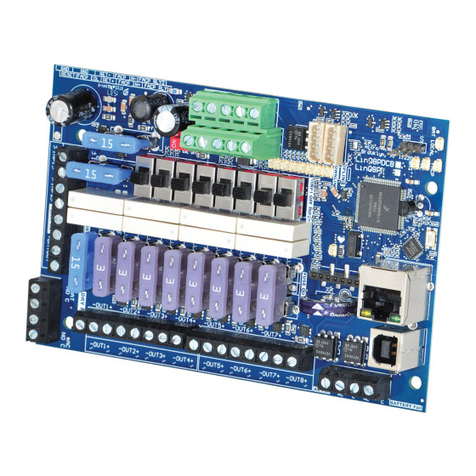
Altronix
Altronix LINQ8PD Installation and programming manual
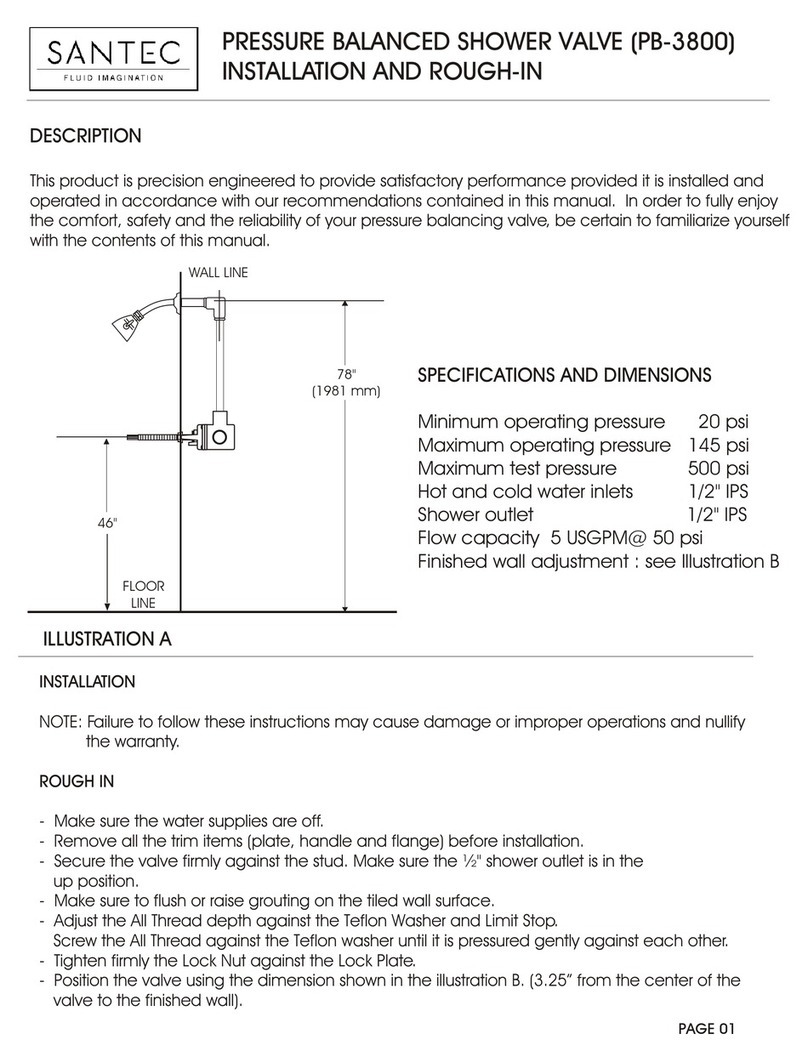
Santec
Santec Designer Series Installation and Rough-In
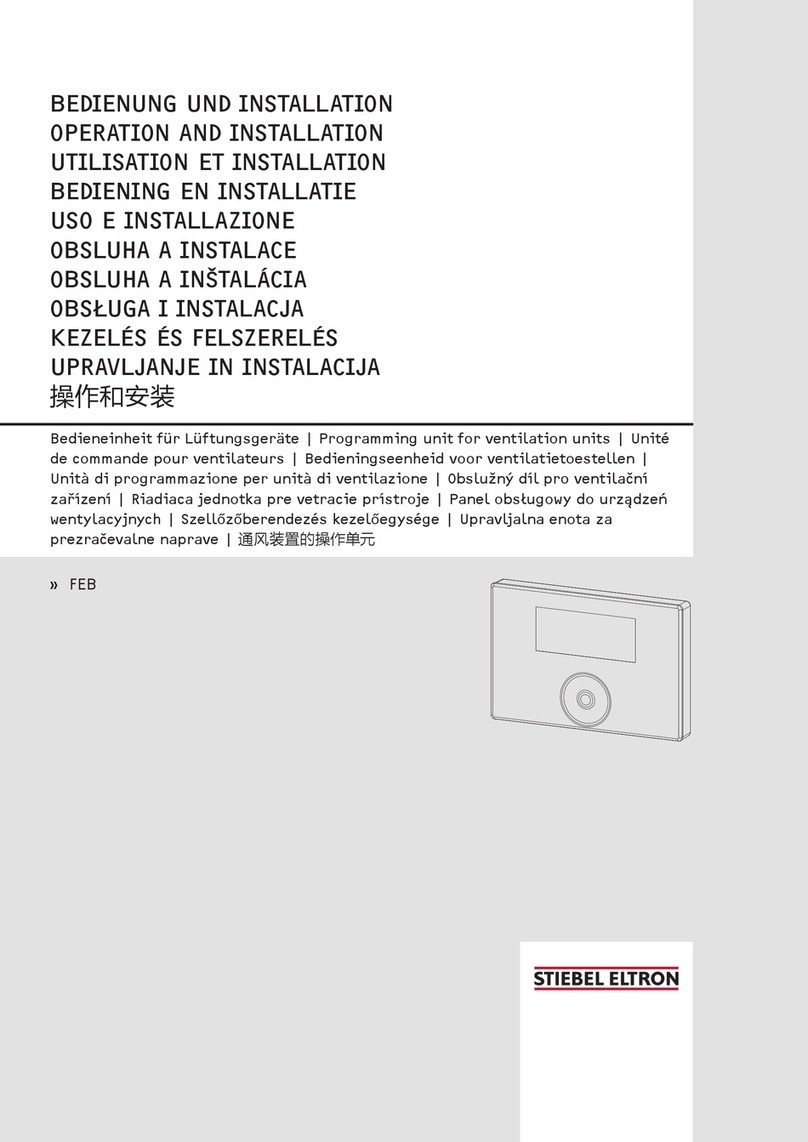
STIEBEL ELTRON
STIEBEL ELTRON FEB Operation and installation manual

Mitsubishi Electric
Mitsubishi Electric QJ71DN91 user manual
